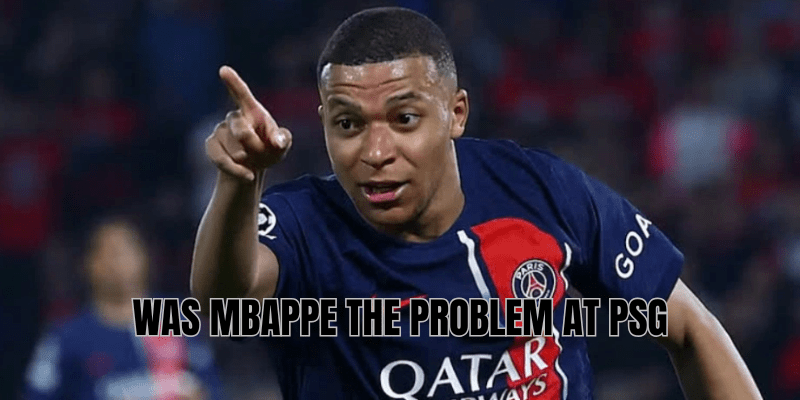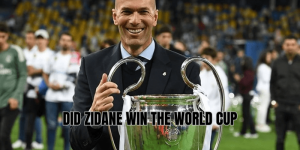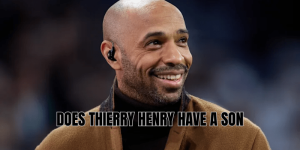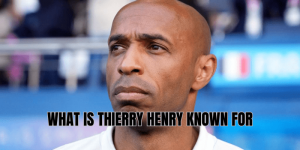When TigerKick peels back the layers of Paris Saint-Germain’s recent rollercoaster, one question echoes: was Mbappé the problem at PSG? On paper, he was the superstar — scorer, brand, and the face of their European dreams. But beneath the stardust and headlines lurked tension, structural flaws, and decisions that ultimately suggest he might have been more scapegoat than culprit.
The Mbappé Era: Icons, Pressure & Imbalance
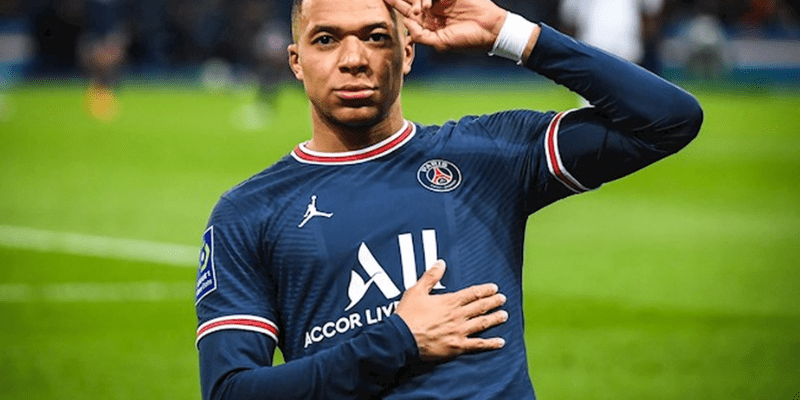
From the moment Kylian Mbappé joined PSG at 18, expectations skyrocketed. He became the club’s all-time leading scorer, won multiple Ligue 1 titles, and was marketed as a generational talent.
Yet, PSG’s ambition always lay in Europe — and that’s where cracks began to show. In several campaigns, PSG faltered in the knockout rounds, despite Mbappé delivering in big moments. His goal-scoring was rarely the issue; the bigger problem was the imbalance the team developed around him.
One Man Too Much
Over time, PSG built a system that revolved around Mbappé. He was often the final pass, the decider, the safety net. That centralized structure masked underlying issues — weak depth, tactical rigidity, and overreliance. When he underperformed or was marked out of a game, there was often no alternative path to victory.
Ego, Expectations & Friction
Mbappé’s stature naturally bred expectations —, his relationships with coaches (especially over tactical demands or his role) reportedly soured. He demanded respect, and in a club overflowing with stars (Neymar, Messi, others), the balance was delicate. Some saw in him a figure too large for the collective framework PSG often claimed to cherish.
Tactical Limits, Mental Blocks & European Woes
Even the greatest players struggle when the system doesn’t serve them. PSG’s European record in the Mbappé years reflects that tension.
Struggles in the Champions League
On multiple occasions, PSG entered games with an overreliance on moments — counterattacks, one-on-one duels, last-minute inspiration. Against organized defenses, that approach often faltered. In knockout ties, Mbappé sometimes drew attention and double marking, and PSG lacked a coherent way to break it down. The team’s structure struggled when forced to adapt mid-match.
Defensive Frailties, Middle Gaps
While attack dazzled, PSG’s defense and midfield often leaked. Matches where PSG conceded early or fell behind exposed them. Mbappé could not compensate for systemic vulnerabilities. Even at his best, he was part of a fragile overall architecture.
After His Exit: PSG’s “Rebirth”?
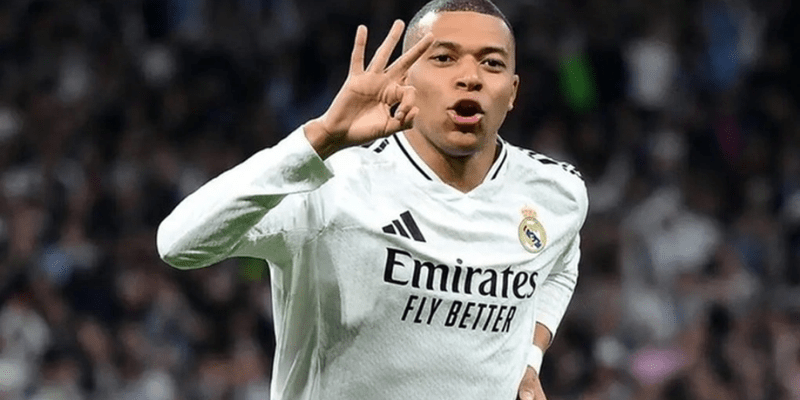
Mbappé departed for Real Madrid in 2024. The narrative going in was bleak — how would PSG survive without their crown jewel? But what followed complicated the “Mbappé was the problem” story.
Statistical Turnaround
In his absence, PSG began the Ligue 1 season with a record-breaking points-per-game average and maintained a prolific attack domestically. The narrative that “the attack would collapse” didn’t materialize. They did, however, face more difficulty in Europe — facing more tactical variety and pressure on depth.
New Identity Under Luis Enrique
Under Luis Enrique, PSG retooled — emphasizing discipline, collective structure, and clarity. The club’s Champions League breakthrough in 2025 (a 5-0 dismantling of Inter in the final) felt likedication for a new path. They no longer leaned on a single figure carrying the load.
The message from the club: Mbappé’s slot wasn’t going to be filled by a single player — it would be the team. uters]) And ironically, PSG’s newfound collective strength suggested that maybe Mbappé’s era had masked dee.
The Legal and Emotional Aftermath
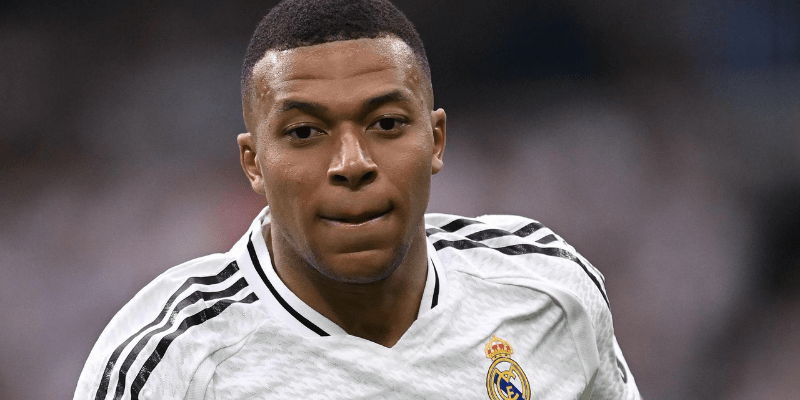
Mbappé’s exit wasn’t polite. He filed legal actions against PSG claiming “moral harassment” and a debt of millions in unpaid salary and bonuses. These disputes further strained the narrative — was his departure a fallout or an overdue separation of diverging visions?
He later dropped the criminal complaint, signaling possible détente behind closed doors. Le Monde.fr]) But the scars remain — public battles, emotional complexity, and an uneasy relationship with a club that once worshipped him.
So, Was Mbappé The Problem At PSG?
The short answer: no — not by himself. But he became a symbol and lightning rod.
- Mbappé’s talent was never the issue; his goals and flair were pillars of PSG’s identity.
- The real problems lay in structure, squad composition, leadership, and tactical adaptability.
- PSG leaned too heavily on him, which allowed deficiencies elsewhere to hide.
- Once he left, the team’s evolution showed that a restructured framework can soar — confirming that Mbappé wasn’t the root problem, but perhaps the symptom of a misaligned project.
He was a star within a flawed system. And when that system changed, many of the previous limitations were exposed as inherent, not personal.
Conclusion
In this article, TigerKick has explored whether Mbappé was the problem at PSG — and the verdict is clear: he was not the enemy, but he became part of a narrative that oversimplified the challenges. PSG’s true battle was internal — identity, structure, balance — and Mbappé was simply the most visible casualty of that tension.
Now it’s your turn: what do you think? Was Mbappé unfairly blamed, or did he contribute to PSG’s identity crisis? Share your view below — and stick around on TigerKick, where we’ll keep diving into the soul of football.
